14 Essential Must Dos For Every New Kitten Owner
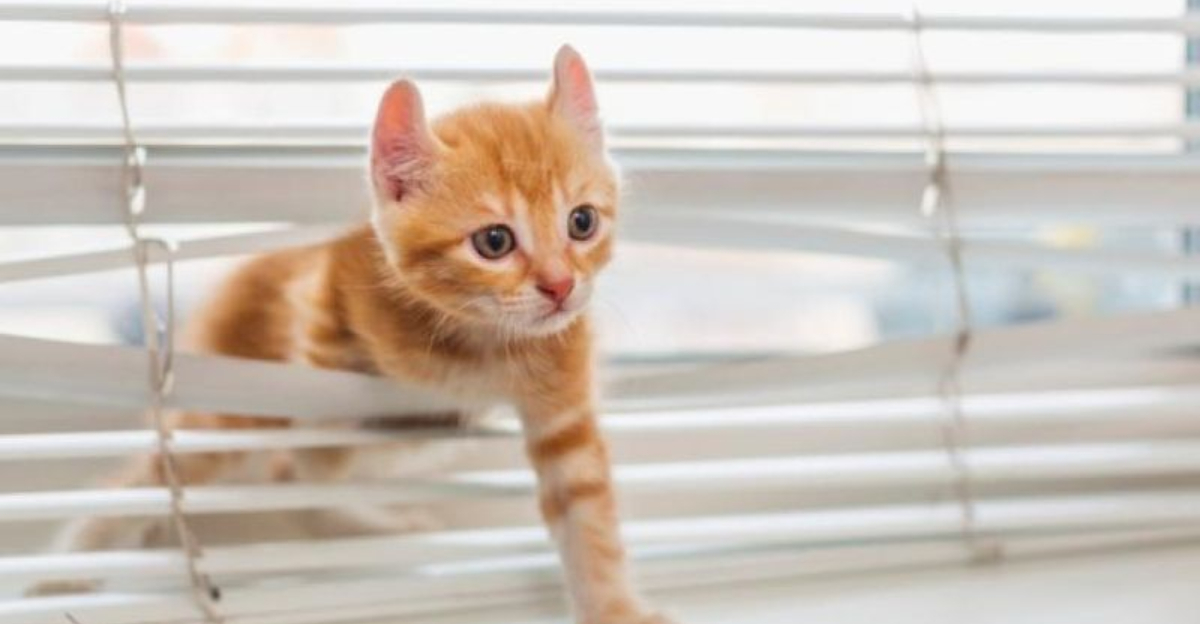
Bringing home a new kitten fills your world with playful antics and adorable purrs, but also comes with important responsibilities. These tiny furballs need special care during their first months to grow into healthy, happy cats.
Whether you’re a first-time cat parent or adding to your feline family, these essential steps will help you create the perfect home for your new kitten.
1. Schedule A Vet Check-Up Immediately

Your kitten needs a health assessment within the first week of coming home. The vet will check for parasites, start vaccinations, and answer your questions about feeding and care.
They might also discuss spaying or neutering options and microchipping to keep your kitten safe. This first visit establishes a baseline for your kitten’s health and starts a relationship with your veterinarian.
2. Create A Safe Space For Adjustment

Kittens feel overwhelmed in new environments. Set up a quiet room with their litter box, food, water, bed, and toys where they can gradually adjust to their surroundings. This safe zone helps them build confidence before exploring the whole house.
Spend time sitting quietly in this space, allowing your kitten to approach you on their terms. This gentle introduction reduces stress and builds trust between you.
3. Kitten-Proof Your Home Thoroughly
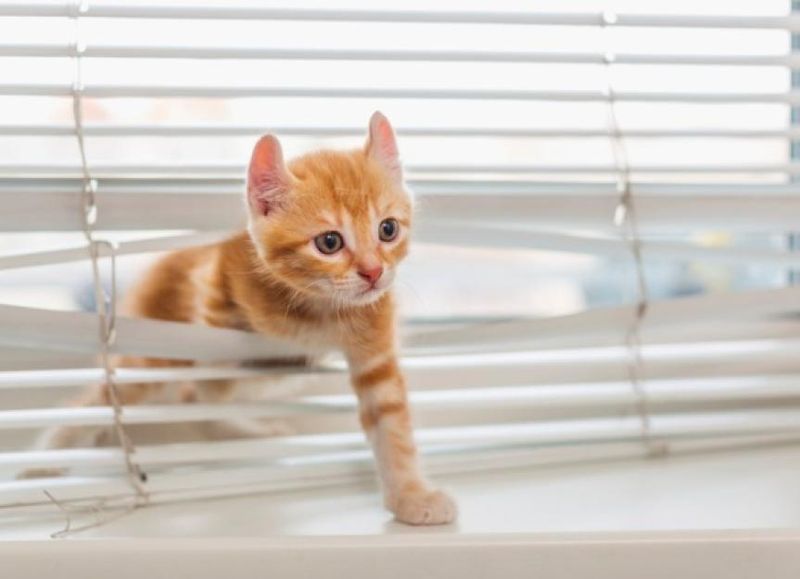
Curious kittens investigate everything with their mouths and paws. Secure loose wires, remove toxic plants, and hide small objects they might swallow. Cover electrical outlets and tie up blind cords that could cause strangulation.
Check for tight spaces where they might get stuck, like behind appliances or inside recliners. Remember that kittens can jump surprisingly high, so clear countertops of harmful items like medications, cleaning supplies, and fragile objects.
4. Select Proper Nutrition For Growth
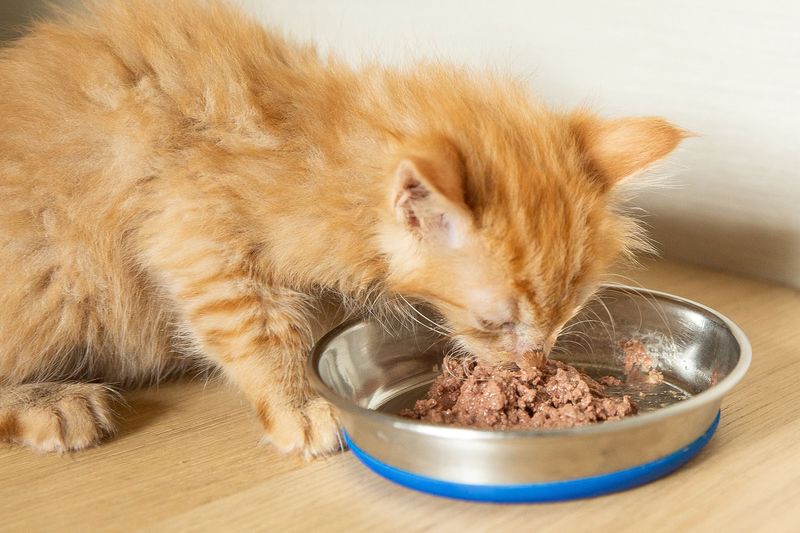
Kittens require specialized food formulated for their developmental needs. Look for high-quality kitten food rich in protein, healthy fats, and essential nutrients that support rapid growth and brain development. Feed them small meals 3-4 times daily rather than free-feeding.
Fresh water should always be available in shallow, wide bowls. Avoid adult cat food, dog food, or human food that lacks necessary nutrients or contains ingredients harmful to developing kittens.
5. Master Litter Box Training Basics

Kittens naturally seek sand-like material to eliminate in. Provide a low-sided litter box they can easily climb into with unscented, clumping litter about 1-2 inches deep. Place them in the box after meals, naps, and playtime.
Clean the box daily to maintain hygiene and prevent avoidance behaviors. For larger homes, provide multiple boxes on different floors for easy access during those urgent kitten moments.
6. Establish A Grooming Routine Early
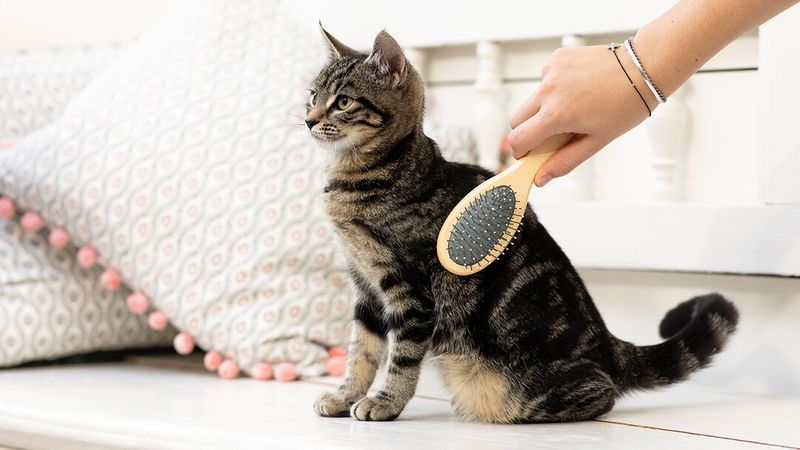
Starting grooming sessions while your kitten is young builds positive associations with handling. Use a soft brush designed for kittens and keep sessions brief but frequent. Gently touch their paws regularly to prepare them for nail trims later.
Check their ears and teeth weekly, rewarding cooperation with treats and praise. Even long-haired kittens who will need extensive grooming later can learn to enjoy these sessions when introduced properly.
7. Provide Stimulating Play Opportunities
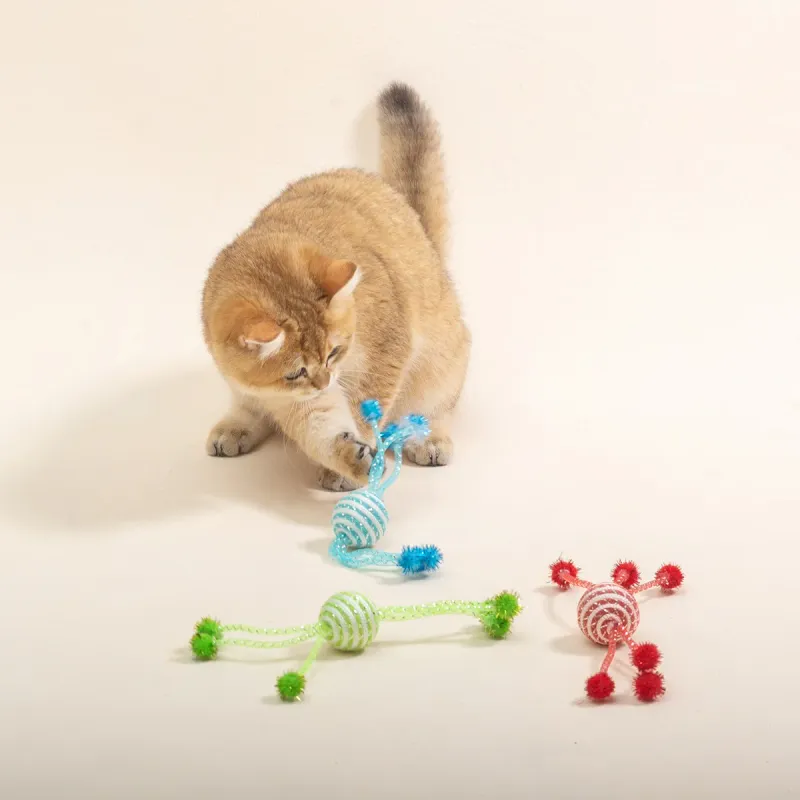
Kittens learn vital skills through play. Offer a variety of toys that satisfy their hunting instincts—feather wands, crinkle balls, and toy mice. Schedule several short play sessions daily to burn energy and strengthen your bond.
Avoid using hands as toys, which teaches them biting humans is acceptable.
Rotate toys weekly to maintain interest and prevent boredom. Interactive play also helps socialize your kitten and builds confidence.
8. Socialize With People And Animals
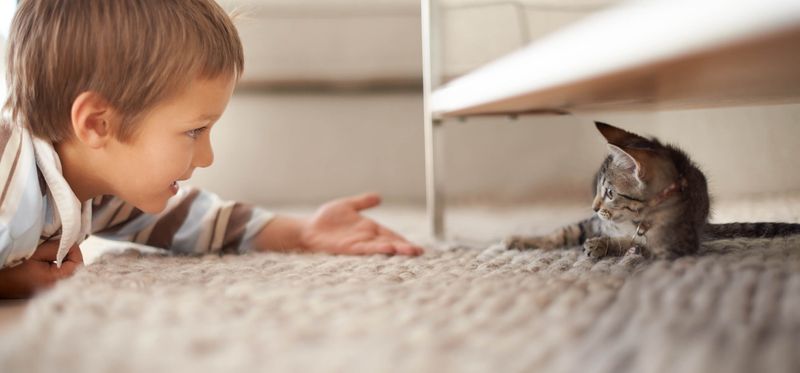
The first weeks in your home shape your kitten’s future personality. Gently introduce them to different people, including children who know how to handle pets properly. If you have other pets, manage introductions slowly and carefully.
Expose your kitten to normal household sounds like vacuum cleaners and doorbells at low volumes initially. Positive experiences during this critical window create a well-adjusted adult cat comfortable in various situations.
9. Learn Cat Body Language Cues

Kittens communicate primarily through body language. A puffed tail indicates fear, while slow blinks signal trust and affection. Ears flattened against the head warn of stress or aggression. Purring usually indicates contentment but sometimes signals stress.
Understanding these signals helps you respond appropriately to your kitten’s needs. Watch for subtle changes in behavior that might indicate health problems or discomfort requiring veterinary attention.
10. Handle Gently And Consistently
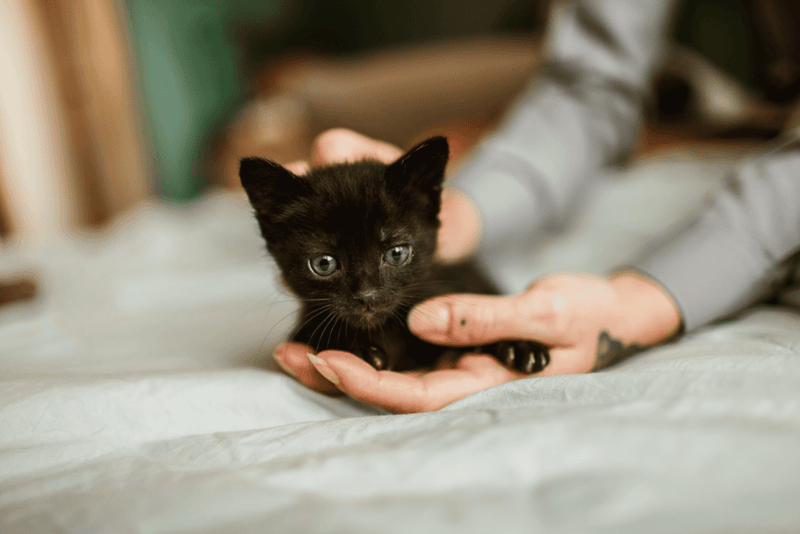
Kittens learn trust through gentle, predictable handling. Pick them up supporting both their chest and hindquarters, never grabbing by the scruff or lifting under the arms. Keep handling sessions brief but frequent.
Reward calm behavior with treats and soft praise. Teach children proper handling techniques and supervise their interactions. Consistent, gentle handling creates a cat who enjoys human contact rather than fearing or avoiding it.
11. Train Basic Behaviors From Day One

Contrary to popular belief, kittens can learn basic training. Use positive reinforcement with treats and praise to reward desired behaviors like coming when called or using scratching posts. Redirect unwanted behavior instead of punishment, which creates fear.
Clicker training works wonderfully for kittens, marking exact moments of good behavior. Short, fun training sessions build mental stimulation and strengthen your communication with your new furry friend.
12. Establish A Consistent Daily Routine

Kittens thrive on predictability. Feed, play, and clean litter boxes at roughly the same times each day to create security and reduce anxiety.
A consistent schedule helps with house training and behavior management. Evening play sessions before bedtime help burn excess energy for better nighttime sleep. Routines make transitions like returning to work easier on your kitten after the initial bonding period.
13. Provide Appropriate Scratching Surfaces

Scratching is natural and necessary for kittens to maintain claw health and mark territory. Offer various scratching surfaces—vertical posts, horizontal pads, and different textures like sisal, cardboard, and carpet. Place these near sleeping areas and in social spaces.
When your kitten uses furniture instead, gently redirect to proper scratching areas. Consider temporary nail caps or regular trimming if scratching becomes destructive during training.
14. Prepare For Emergency Situations
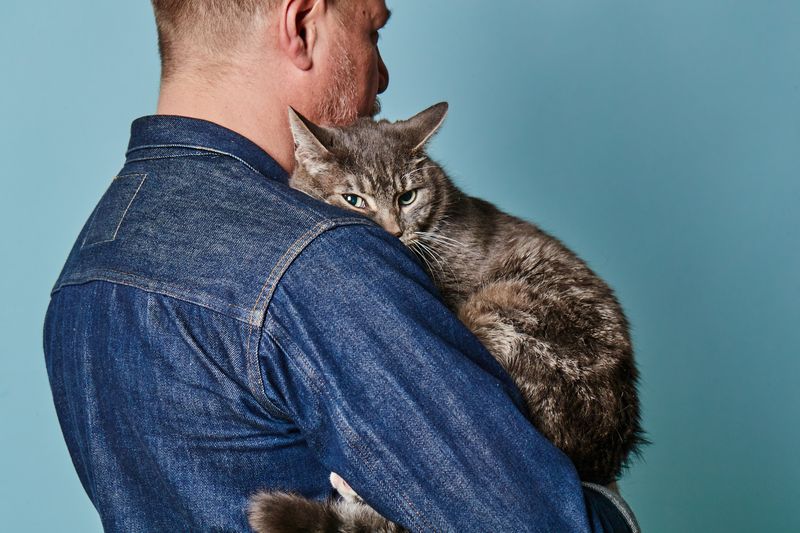
Keep your vet’s contact information, nearest emergency clinic location, and pet poison control number easily accessible. Create a small first aid kit with kitten-safe supplies for minor injuries.
Learn basic signs of illness requiring immediate attention, like difficulty breathing or sudden lethargy. Have a carrier ready for emergency transport. Consider pet insurance during kittenhood when accidents and illnesses are more common.






